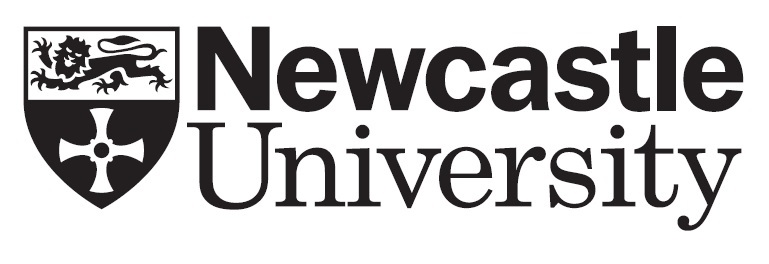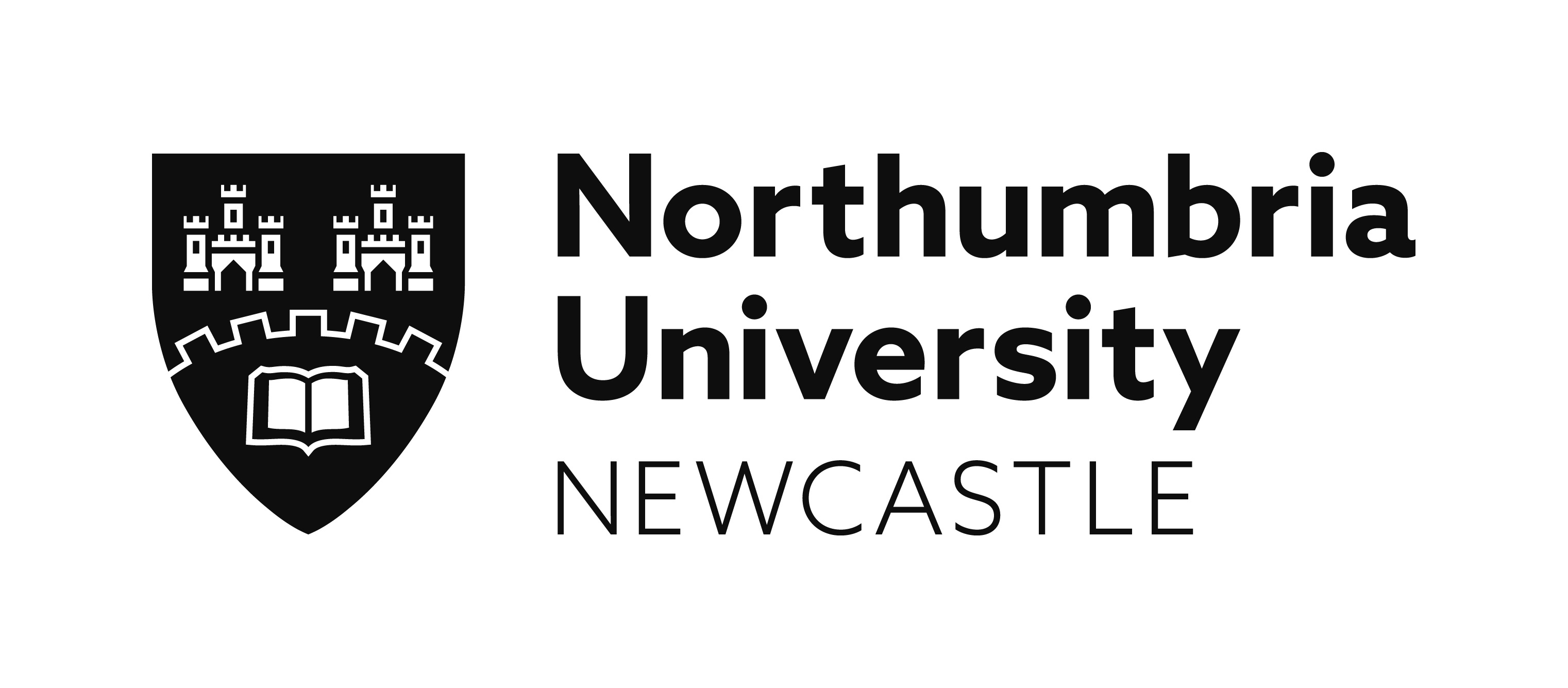The Visual Politics of Independent Print Media in the Twentieth Century
Louise Siddons, Oklahoma State University
Victoria Bazin, Northumbria University
Throughout the 20th century, independent publications were produced by individuals, communities and organisations around the world. This session presents papers that explore the visual culture of newspapers and magazines intentionally produced outside the institutional borders of mainstream media. Often advocating oppositional politics through lenses of gender/sexuality, race and so forth, activist periodicals were the product of editors, artists and designers who took advantage of inexpensive technologies of reproduction and dissemination, as well as resources such as the Liberation News Service, to build wide-ranging networks through print. The carefully curated interplay between text and images offered readers opportunities for self-definition that reflexively consolidated group identifications. Formally, intellectually and politically intersectional, this vernacular press often confounded publishing conventions, promiscuously blending genres and audiences. Intentionally blurring the boundaries between art and design, literature and journalism, these publications made cultural and political space for their readers, while occupying diverse real-world spaces. In this session, we will consider the global vernacular press in order to discover the shared structures and intersectional visual networks of 20th-century independent publishing.
Speakers
Independent Print Media in Finland, 1907–1939
Tutta Palin (University of Turku, Finland)
Radical Roots? Mapping carnivalesque connections between early 20th-century Witzblätter and Berlin Dada’s ‘Little Magazines’
Lucy Byford (University of Edinburgh)
Black Orpheus: Modern Art, Négritude and Anti-Colonialism in Nigeria, 1957–1961
Ximena Kilroe (City University of New York)
Self-made Revolt: How underground publications operate social change through new graphic strategies
Juliana F. Duque and Davide Ricchiuti (Universidade de Lisboa)
Subverting the Mainstream, Impacting the Mainstream? Interview, Rags and Nova’s Visual Singularities from the 1960s and 1970s On
Alice Morin (Université Sorbonne Nouvelle, Paris)
Defter: An exploration of affinities through printed words and images
Ceren Özpınar (University of Brighton)
Click here to download this session's abstracts or view below
Independent Print Media in Finland, 1907–1939
Tutta Palin (University of Turku, Finland)
This paper focuses on early 20th-century Finnish experimental magazines, most particularly from the point of view of politics and women’s agency. In 1907, Finland changed its conservative parliamentary system into the most progressive one at the time: a unicameral parliament, with a Social Democratic majority and a good number of women were elected through general and equal suffrage. Independence gained in 1917 was soon followed by a fierce Civil War and an intensifying language feud between the Finnish-speaking majority and the Swedish-speaking minority, the latter representing the former political and cultural elite. At times of scarce access to institutionalised forms of support, photography and the rapidly expanding print media offered alternatives for career management for artists, as well as working against the increasing centralisation of cultural activities in the capital city (for example, before the Civil War, the Socialist publication Punanen viesti, based in Turku).
An overview of the publications shows a growing emphasis on Rationalist modernism, with a particular regard to architecture and design, but a less avant-gardist, middle-brow approach to fine art. Whereas some magazines highlighted literary debate (Ultra; Quosego; Tulenkantajat), and others dance, film or design (Aitta; Domus), the women’s lib magazines featured craft quite strongly (Kotitaide; Naisten Lehti). Aamu, on the other hand, while published and edited by Gota Salovius with her same-sex partner Martta Helminen in 1930–33 and 1936–40, struggled to combine a broad interest in visual phenomena with a liberal profile and keen social awareness.
Radical Roots? Mapping carnivalesque connections between early 20th-century Witzblätter and Berlin Dada’s ‘Little Magazines’
Lucy Byford (University of Edinburgh)
The independent ‘little magazines’ produced by the Dadaists in Berlin were foundational examples of avant-garde media for the radical left, importing artistic critique, satire and agitational propaganda via experimental approaches to graphic design and photomontage. This paper will investigate the extent to which Berlin Dada’s periodicals were in fact shaped by an earlier culture of commercial satirical Witzblätter (humour magazines).
Prior to his work with the Dadaists, George Grosz contributed captioned cartoons to three such publications (Lustige Blätter, Jugend, ULK), allowing him to hone his critical eye by astutely observing stock characters in society. The discussion will assess further biographical, stylistic and iconographical bridges between Berlin Dada and the Witzblätter, lending particular weight to prevailing carnivalesque themes. Harkening back to medieval carnival traditions of subversive broadsheet printing in Germany, these 20th-century publications reference elements of German carnival culture, such as the fools Till Eulenspiegel and Kasperl, and evoke the inverted order and chaos of carnival through playful modes of aesthetic formalism. Both instrumentalise the grotesque – an aesthetic category affiliated with carnival by Mikhail Bakhtin – alongside novel design, rendering information in a fractal, non-linear fashion, corrupting textual and visual legibility to compromise procedures for rational processing.
This case study of shared carnivalesque strategies therefore asks whether commercial satirical print may partly account for Berlin Dada’s distinctly acerbic and satirical character. It also hopes to nuance binaries between avant-garde independent media and low-brow publishing, demonstrating how scholarship on avant-garde magazines has largely obscured a debt to more vernacular print cultures.
Black Orpheus: Modern Art, Négritude and Anti-Colonialism in Nigeria, 1957–1961
Ximena Kilroe (City University of New York)
In September 1956, Ulli Beier, a German expatriate living and teaching in Nigeria, attended the First World Congress of Black Writers and Artists in Paris. Here, he attended talks that explored the idea of négritude, a cultural theory that instrumentalised the colonial opposition between white and black races in order to reconstruct an African sense of self. Inspired by the conference, as well as the French journal Présence Africaine where the discussion continued, Beier founded the journal Black Orpheus in 1957 with the ‘direct aim of translating such [négritude] writers into English, so that they could be known in Nigeria’.
Through the translation of négritude texts, Black Orpheus transported négritude from Europe to the sociopolitical terrain of late-colonial and early-independence-era Nigeria. During this time, the visual arts were particularly significant as sites in which questions of modernity and nationalism were being negotiated. Thus, while Black Orpheus labelled itself a literary journal like Présence Africaine, for Beier, the visual arts were as equally important as the literary arts in articulating cultural ideas. Because of this, he included works by European and African modern artists as illustrations for essays, poems and short stories. However, these illustrations have been ignored, with focus placed on the featured photographs of the traditional arts. This paper offers the first consideration of the relationship between the translation of négritude and modern art as printed in Black Orpheus in the moments leading up to and shortly after Nigerian independence.
Self-made Revolt: How underground publications operate social change through new graphic strategies
Juliana F. Duque and Davide Ricchiuti (Universidade de Lisboa)
This article discusses how underground publications incorporate new graphic strategies to endorse social, political and artistic changes, while the boundaries between author and public fade away. The impact of such materials within countercultural networks and beyond is related to the way designers have produced influential publications, despite the marginal status of their practices.
The investigation focuses on countercultural publications from the late 1960s, such as Oz and International Times, and the punk scene, between the late 1970s and early 1980s, such as Bikini Kill. Underground magazines and newspapers developed a collaborative and resilient design process of fast and cheap production while adapting to the social, cultural and economic conditions of their own space/time conjectures. As part of anti-establishment efforts, the alternative press searched for a free graphic form that completed their textual critique, defying society and mainstream graphic design.
During the 1960s, underground magazines opened the doors to strident colours, split-fountain effects, and to a printing process where designers could rearrange the pages. Inheriting the design audacity of the 1960s, the punk press experienced hand-written insertions, photo-collage and photocopies. Both underground graphic waves established self-made revolts that became versatile means of expression, disseminating countercultural values and concerns, including pacifism, rights for racial minorities, gay liberation, feminism, sexual freedom or ecology.
The changes resulting from this challenging process turned graphic design into an essential component of countercultural waves, while their magazines and publications created a space for graphic, aesthetic and cultural experimentation, where the participant became the creator of that very experience.
Subverting the Mainstream, Impacting the Mainstream? Interview, Rags and Nova’s Visual Singularities from the 1960s and 1970s On
Alice Morin (Université Sorbonne Nouvelle, Paris)
This paper is interested in observing the emergence, in the 1960s–1970s, of a strong and influential visual corpus in independent ‘lifestyle’ publications, actively challenging, diverting or even subverting the hegemonic mainstream press of the period.
This case study compares the editorial content (photographs, paratext and layout), production processes and circulations of Interview (US, 1969), Andy Warhol’s hybrid film-journal gradually turning into a lifestyle and fashion gazette; Rags (US, 1970–71), the visual arm of the hippie movement, focused on style yet detaching itself from society’s norms including gender inequality and consumerism; and politically-committed Nova (UK, 1965-–75), conceived as ‘A new magazine for the new kind of woman’.
Using a transdisciplinary perspective and various primary sources such as oral histories conducted with Harri Peccinnotti (former Nova artistic director) and various collaborators of Warhol, I first postulate that such visual politics of independent magazines may be most impactful when they are elaborated by people close to the mainstream printing industry, such as the ones interviewed. Secondly, I question the very status of an independent media (Nova was published by the conglomerate Newnes but run independently, while Interview gradually became mainstream). Finally, I observe how, as a consequence, the relationships between mainstream and alternative editorial images was thus reciprocal and in flux and is to be observed in context to assess the latter’s political and aesthetic posterity.
Defter: An exploration of affinities through printed words and images
Ceren Özpınar (University of Brighton)
In 1987, a tight-knit community of scholars, authors and artists from Istanbul launched a journal of literature, history, politics and philosophy called Defter [Notebook]. Emerging as a platform for cutting-edge critical thinking, the journal reached 45 issues until it ceased publication in 2002. In addition to original essays, poetry and art, philosophical texts from Foucault, Arendt and Baudrillard amongst others were regularly translated for Defter, which predominantly addressed questions on gender and sexuality, citizenship and dissident politics. In the aftermath of the 1980 military coup, the journal made a significant contribution to the development of a new intellectual landscape and political language in Turkey. Because of their dedicated efforts and their role in fostering a rich intellectual forum for ideas, the core team members behind the journal soon came to be considered as inspirational cultural figures. In this context, the original artwork of Deniz Bilgin (1956–99), who was an artist and core member of the team, became the defining visual element of the journal. Her rather expressionist imagery embellished many of the covers and the inside of Defter.
This paper will explore the relationship between the intellectual production and the visual language of Defter. Focusing on Bilgin’s images, it will also investigate the politico-critical landscape to consider how it may have conditioned this imagery and the content of the journal. Altogether, the paper will offer an understanding of how Defter addressed the cultural and contextual affinities of a group of people who strived to redefine the world around them.
|
|
|
|
|
|
Supported by
Conference Sponsors
![]()
Sponsored by
ASSOCIATION FOR ART HISTORY
![]()
Terms & Conditions
![]()


